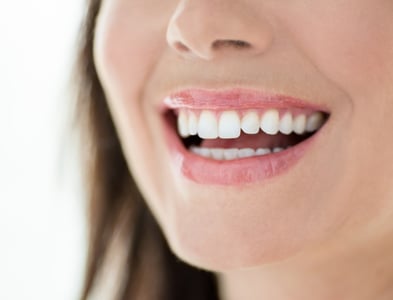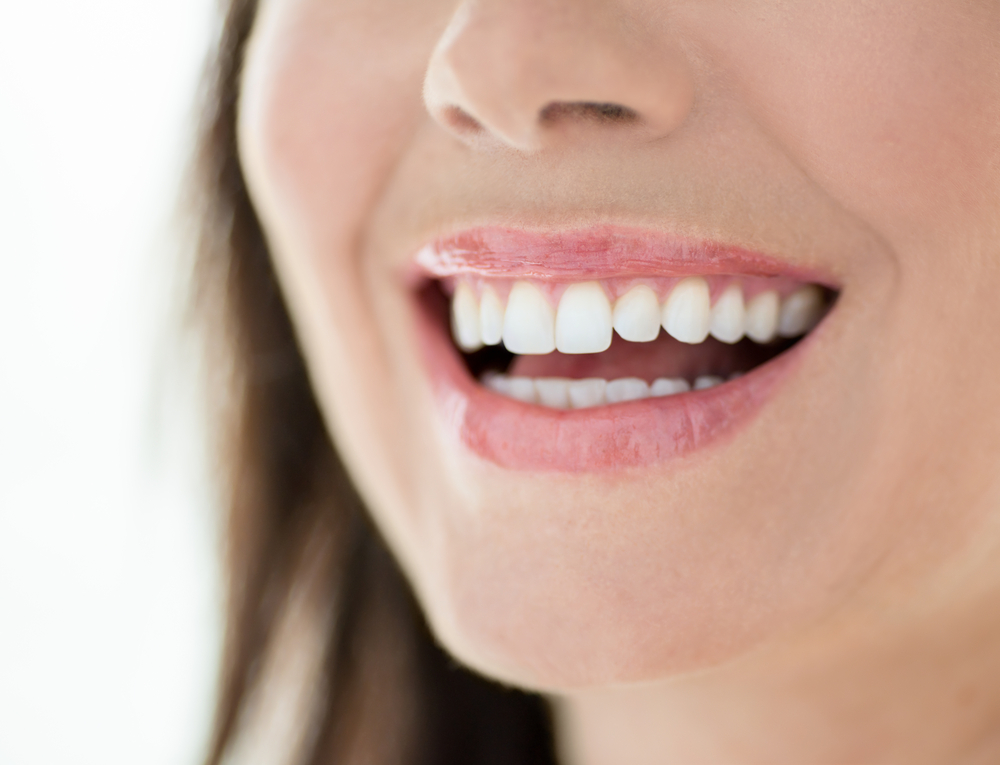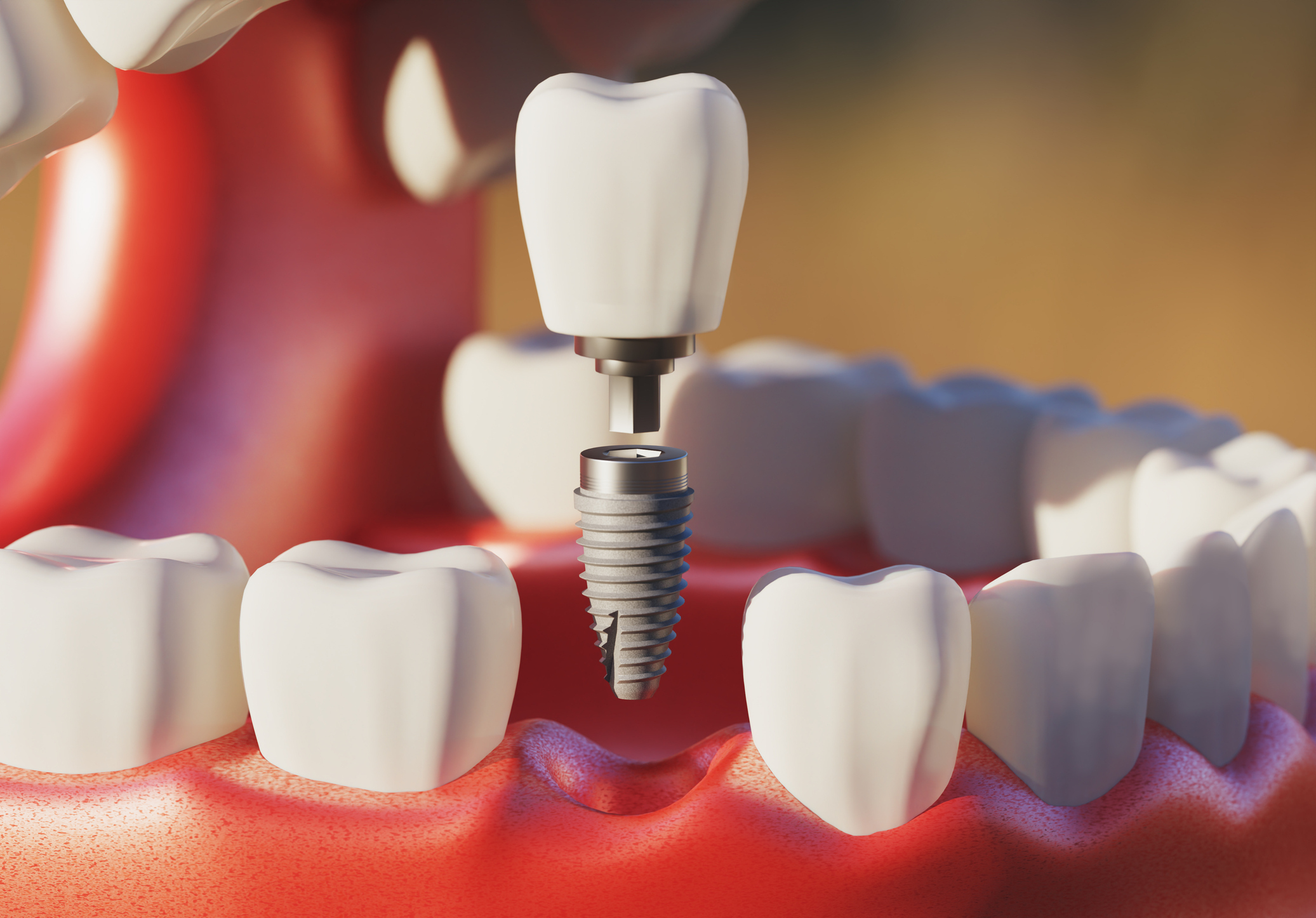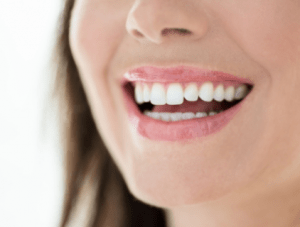 For more than 50 years people have been able to smile with pride thanks to the revolutionary work of Per-Ingvar Brånemark, a Swedish physician and researcher, who is considered the “Father of the Modern Dental Implant”. Brånemark, while studying blood flow in rabbits in the 1950s, discovered that titanium could fuse with bones and he coined the term osseointegration to describe the process. By 1965 Brånemark was able to perform the first titanium dental implant on a human volunteer with Gösta Larsson who was able to use his implants the rest of his life, for 40+ years.
For more than 50 years people have been able to smile with pride thanks to the revolutionary work of Per-Ingvar Brånemark, a Swedish physician and researcher, who is considered the “Father of the Modern Dental Implant”. Brånemark, while studying blood flow in rabbits in the 1950s, discovered that titanium could fuse with bones and he coined the term osseointegration to describe the process. By 1965 Brånemark was able to perform the first titanium dental implant on a human volunteer with Gösta Larsson who was able to use his implants the rest of his life, for 40+ years.
Why Ridge Expansion or Modification is Needed
- Missing teeth: The moment a tooth is lost in the mouth, the body starts to naturally stop supporting the bone in the area, leading to 25 percent bone loss within a year and up to 40 percent within three years.
- Periodontal disease may lead to tooth loss and bone loss in the mouth.
- Smoking is a big risk factor for periodontal disease with some studies showing heavy smokers with five times more severe bone loss compared to those who have never smoked.
- Misaligned teeth that affect normal chewing can lead to bone loss.
- Trauma can lead to missing teeth and bone loss.
- Wearing dentures can cause bone loss because of a lack of pressure applied to the bone when chewing.
- Other developmental issues can lead to bone loss.
Steps in a Ridge Expansion or Modification
Steps for a ridge expansion:
- The gum is lifted away from the bony ridge to expose the defect area.
- The defect is then filled with bone from a healthy spot in the patient or a bone substitute. These materials build up the ridge.
- The incision is then closed to allow healing to begin.
Type of Bone Graft Material Used for a Ridge Expansion
The preferred material for a bone graft is the patient’s own bone, called an autograft. Bone is typically taken from the inside of the mouth in the chin area, third molar region or in the upper jaw behind the last tooth. When a greater quantity of bone is needed, then the grafting material can be taken from the tibia at the knee, or it can also be taken from the hip region. If bone is used from other humans, it is called an allograft. Cadavers are usually the source and the materials are attained from reputable tissue banks. The cadaveric bone is treated and purified multiple times and is immune to reaction. A third option is to use animal bone, usually bovine, for a bone graft. This process is called xenograft. These animal bones are chemically treated prior to use and are comparable to human bone material.








